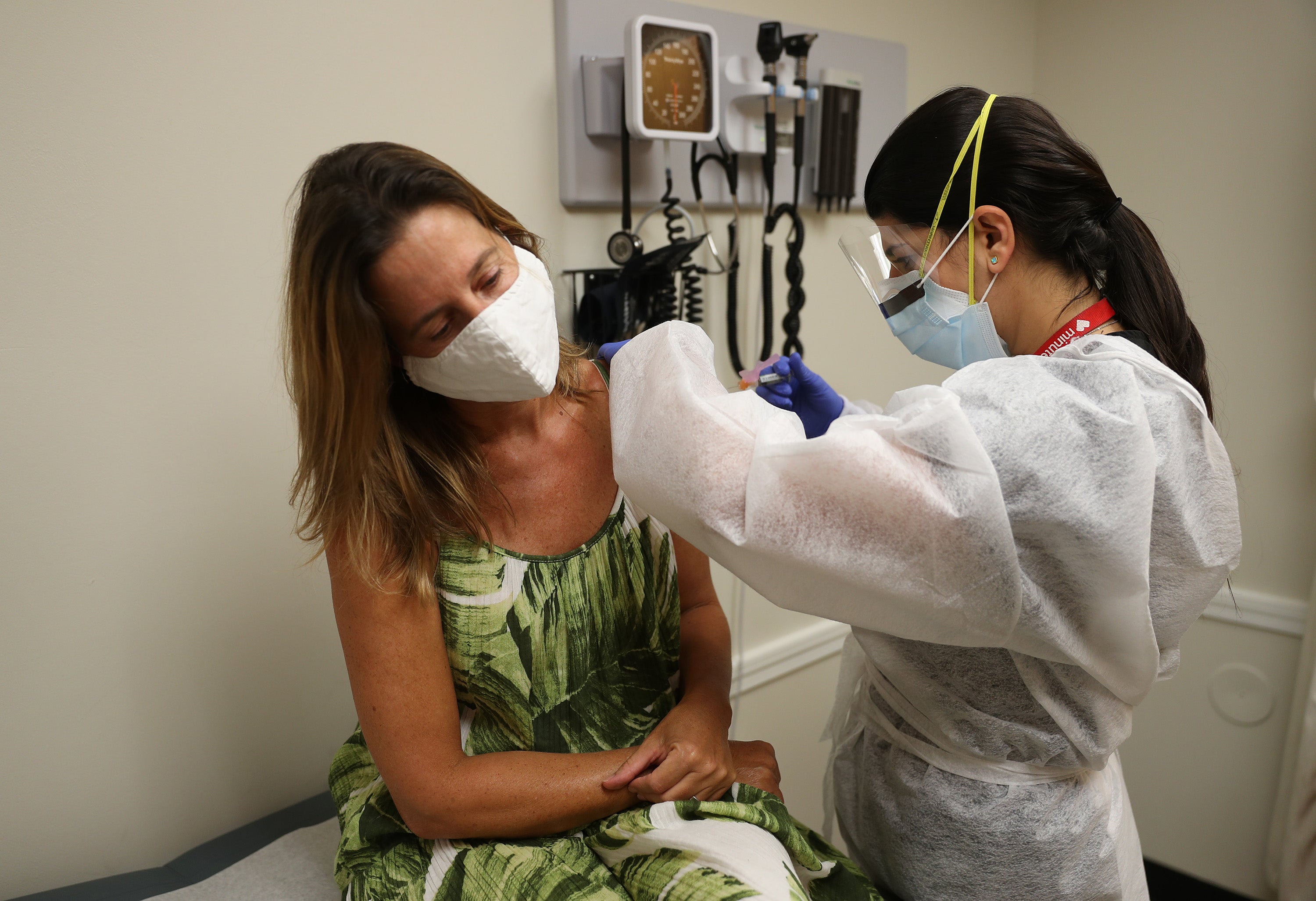Annual flu shots are now available at Walmart, CVS, and other major drugstores around the country.
But, when is the best time for millions of Americans get their vaccines? You may want to hold out until Halloween, according to experts.
“October is when I recommend getting the vaccine as there is more actual influenza activity then — there is very little now,” Dr. Amesh Adalja recently told Prevention.com. “The vaccine will last further into the season if administered in October.”
Flu season can last from October to May, and last year’s hospitalization rate was the highest in more than a decade, a report from the Centers for Disease Control and Prevention found. It was the deadliest non-pandemic flu season on record for U.S. children, according to the American Academy of Pediatrics, resulting in 279 deaths. So, why should people wait?
“The concern is that the protection will wane,” Dr. William Schaffner, an infectious disease specialist and professor at the Vanderbilt University School of Medicine, also noted to Prevention.com. “If you can wait a bit, that’s better.”

The only group that may benefit from getting their vaccine earlier are children under the age of eight years who have never had a flu shot before and will need two doses, he added. Because their immune systems aren’t fully developed yet, the first dose acts as a primer that prepares their immune system and the second dose is given at least four weeks later to give them a higher level of immune protection.
While older children, teenagers, and adults only need one dose each season for full protection, they can receive two shots over the course of a year. That could offer better defense against continuously changing flu viruses.
Previous research has found that the vaccine’s effectiveness may begin dropping within weeks of administration, with the risk of contracting flu climbing about 16 percent for every 28 days after vaccination. This leaves people at greater risk during the height of flu season, when many people are indoors in the cold weather and the virus can spread more easily.
Regardless of when you receive the vaccine, doctors say everyone six months old and older should get a flu vaccine every year.
This season, people can go to get their shot at a pharmacy or hospital for no cost with most insurance plans and usually for under $100 out of pocket. It’s the first year people can administer at-home nasal sprays to prevent illness.
Most Americans will get a trivalent vaccine, which targets three strains of the flu. It’s recommended that adults over the age of 65 receive a quadrivalent flu vaccine, which targets four strains, because they are at a higher risk for serious flu complications.

Others at a higher risk of complications include people in nursing homes and long-term care, individuals with weakened immune systems, infants, and people who are pregnant or plan to be pregnant.
The vaccine may not fully prevent you from getting sick, but it is the best defense against the flu. It can reduce the severity of illness, slashing the risk of death by 31 percent.
People can take precautions to make sure they avoid sources of infections, as well. Washing your hands and cleaning frequently-touched surfaces can ensure you don’t accidentally pick up infected droplets from someone who is sick. Avoid touching your mouth and face, because the flu can spread that way, as well.
“Flu vaccination is best thought of as a way of increasing your resilience to respiratory virus season,” Adalja explained. “It is an important tool to help you avoid the disruptive and serious consequences of influenza infection.”
There were at least 25,000 deaths, 400,000 hospitalizations, and 35 million cases of the flu last season, according to recent estimates from federal health officials.




